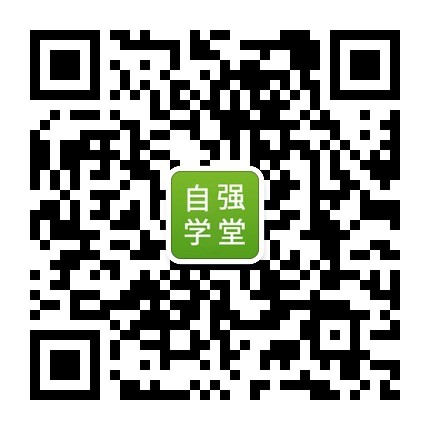Ruby 块
您已经知道 Ruby 如何定义方法以及您如何调用方法。类似地,Ruby 有一个块的概念。
- 块由大量的代码组成。
- 您需要给块取个名称。
- 块中的代码总是包含在大括号 {} 内。
- 块总是从与其具有相同名称的函数调用。这意味着如果您的块名称为 test,那么您要使用函数 test 来调用这个块。
- 您可以使用 yield 语句来调用块。
语法
block_name{
statement1
statement2
..........
}
在这里,您将学到如何使用一个简单的 yield 语句来调用块。您也将学到如何使用带有参数的 yield 语句来调用块。在实例中,您将看到这两种类型的 yield 语句。
yield 语句
让我们看一个 yield 语句的实例:
#!/usr/bin/ruby
def test
puts "You are in the method"
yield
puts "You are again back to the method"
yield
end
test {puts "You are in the block"}
这将产生以下结果:
You are in the method You are in the block You are again back to the method You are in the block
您也可以传递带有参数的 yield 语句。下面是一个实例:
#!/usr/bin/ruby
def test
yield 5
puts "You are in the method test"
yield 100
end
test {|i| puts "You are in the block #{i}"}
这将产生以下结果:
You are in the block 5 You are in the method test You are in the block 100
在这里,yield 语句后跟着参数。您甚至可以传递多个参数。在块中,您可以在两个竖线之间放置一个变量来接受参数。因此,在上面的代码中,yield 5 语句向 test 块传递值 5 作为参数。
现在,看下面的语句:
test {|i| puts "You are in the block #{i}"}
在这里,值 5 会在变量 i 中收到。现在,观察下面的 puts 语句:
puts "You are in the block #{i}"
这个 puts 语句的输出是:
You are in the block 5
如果您想要传递多个参数,那么 yield 语句如下所示:
yield a, b
此时,块如下所示:
test {|a, b| statement}
参数使用逗号分隔。
块和方法
您已经看到块和方法之间是如何相互关联的。您通常使用 yield 语句从与其具有相同名称的方法调用块。因此,代码如下所示:
#!/usr/bin/ruby
def test
yield
end
test{ puts "Hello world"}
本实例是实现块的最简单的方式。您使用 yield 语句调用 test 块。
但是如果方法的最后一个参数前带有 &,那么您可以向该方法传递一个块,且这个块可被赋给最后一个参数。如果 * 和 & 同时出现在参数列表中,& 应放在后面。
#!/usr/bin/ruby
def test(&block)
block.call
end
test { puts "Hello World!"}
这将产生以下结果:
Hello World!
BEGIN 和 END 块
每个 Ruby 源文件可以声明当文件被加载时要运行的代码块(BEGIN 块),以及程序完成执行后要运行的代码块(END 块)。
#!/usr/bin/ruby
BEGIN {
# BEGIN block code
puts "BEGIN code block"
}
END {
# END block code
puts "END code block"
}
# MAIN block code
puts "MAIN code block"
一个程序可以包含多个 BEGIN 和 END 块。BEGIN 块按照它们出现的顺序执行。END 块按照它们出现的相反顺序执行。当执行时,上面的程序产生产生以下结果:
BEGIN code block MAIN code block END code block

